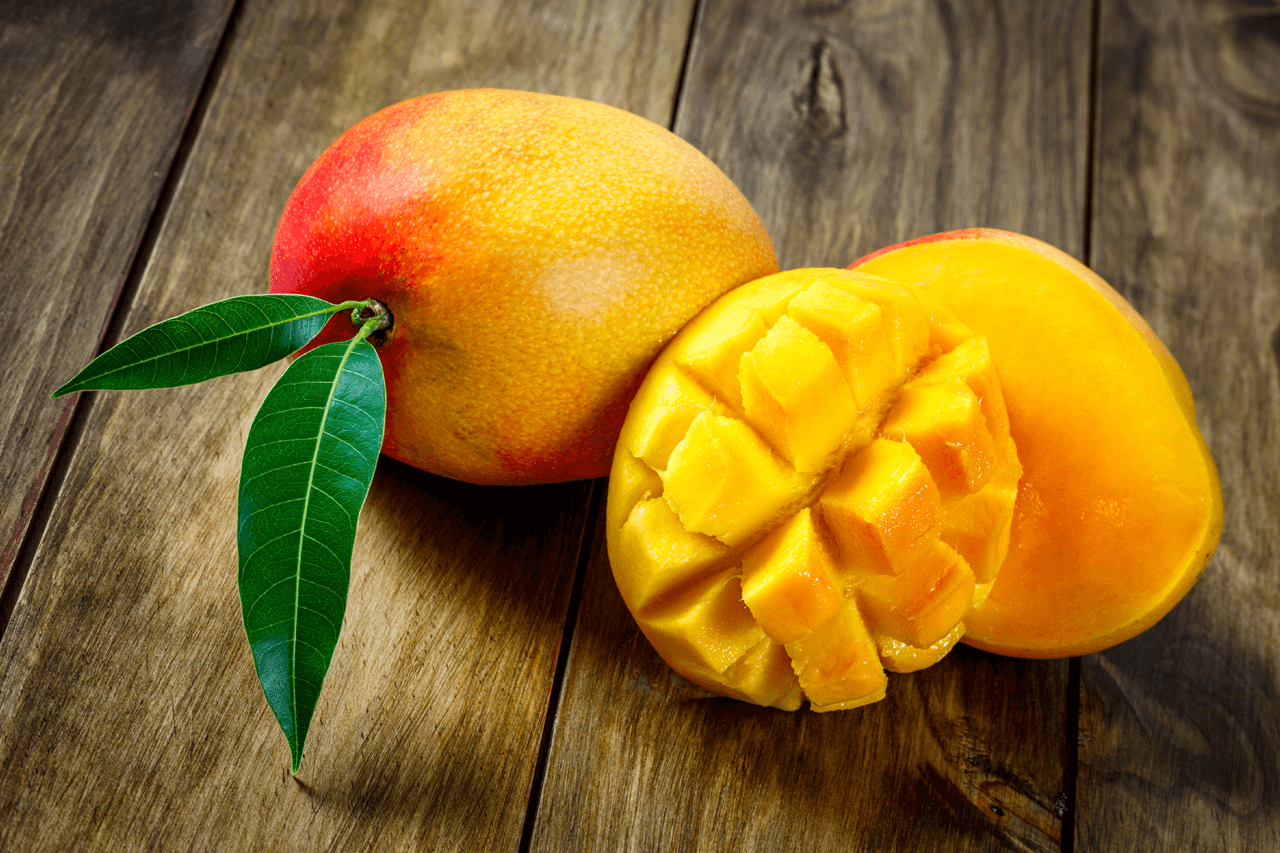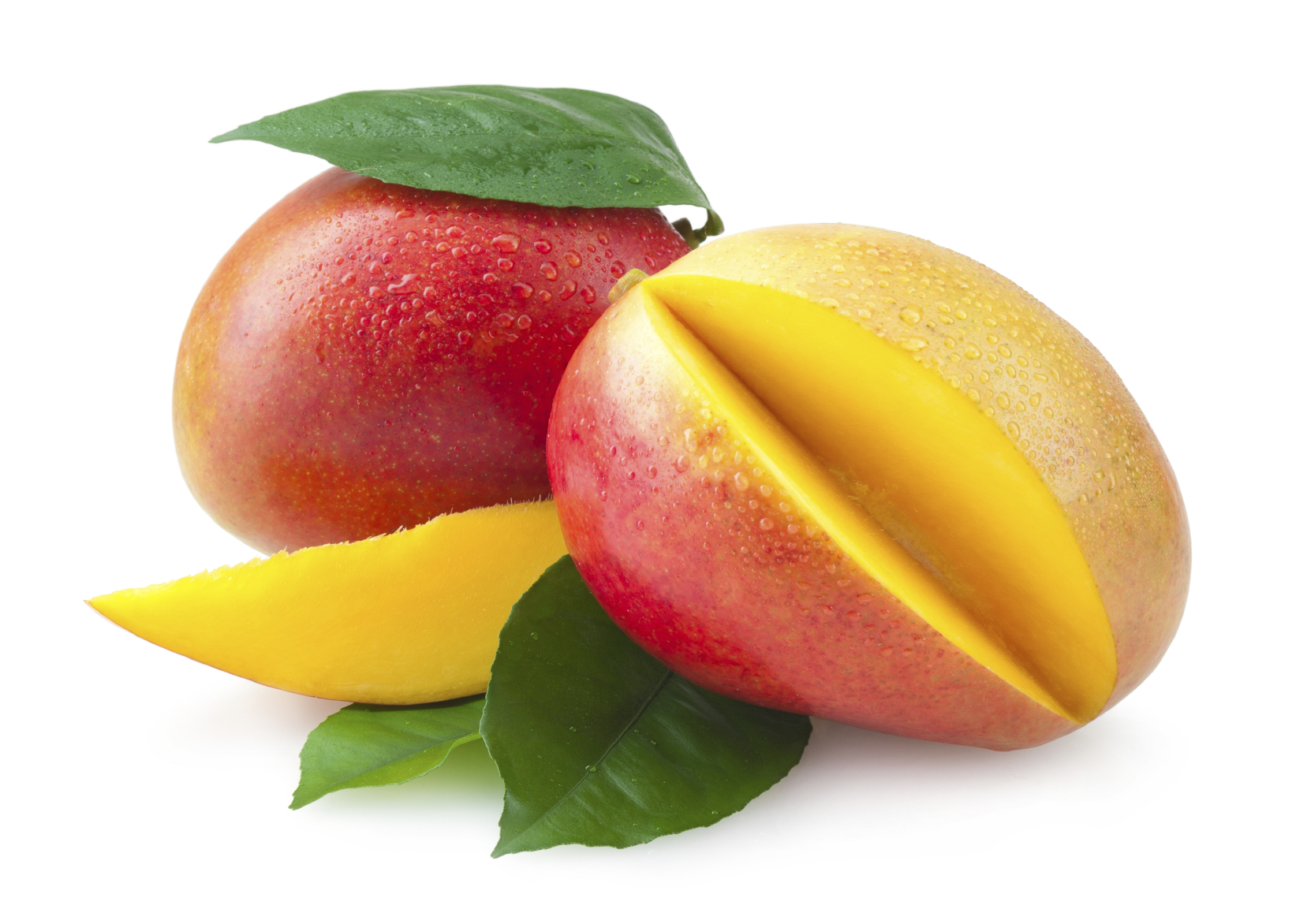

Mangos also readily naturalize in tropical climates. The mango is reputed to be the most commonly eaten fresh fruit worldwide. It is easily cultivated and there are now more than 1,000 cultivars, ranging from the turpentine mango (from the strong taste of turpentine, which according to the Oxford Companion to Food some varieties actually contain) to the huevos de toro (" bull's balls", from the shape and size). The mango is now widely cultivated as a fruit tree in frost-free tropical and subtropical climates throughout the Indian subcontinent, North, South and Central America, the Caribbean, south and central Africa, Australia and Southeast Asia. Inside the shell, which is 1-2 mm thick, is a paper-thin lining covering a single seed, 4-7 cm long, 3-4 cm wide, 1 cm thick. In the centre of the fruit is a single flat, oblong seed (as big as a large stone) that can be fibrous or hairless on the surface, depending on cultivar. When ripe, the unpeeled fruit gives off a distinctive resinous slightly sweet smell. The ripe fruit is variably coloured yellow, orange and red, reddest on the side facing the sun and yellow where shaded green usually indicates that the fruit is not yet ripe, but this depends on the cultivar. They are variable in size, from 10-25 cm long and 7-12 cm diameter, and may weigh up to 2.5 kg. The mango fruit is a drupe when mature, it hangs from the tree on long stems. After the flowers finish, the fruit takes from three to six months to ripen. The flowers are produced in terminal panicles 10-40 cm long each flower is small and white with five petals 5-10 mm long, with a mild sweet odour suggestive of lily of the valley.

The leaves are evergreen, alternate, simple, 15-35 cm long and 6-16 cm broad when young they are orange-pink, rapidly changing to a dark glossy red, then dark green as they mature. Mangos are large trees, reaching 35-40 m in height, with a crown radius of 10 m.


 0 kommentar(er)
0 kommentar(er)
